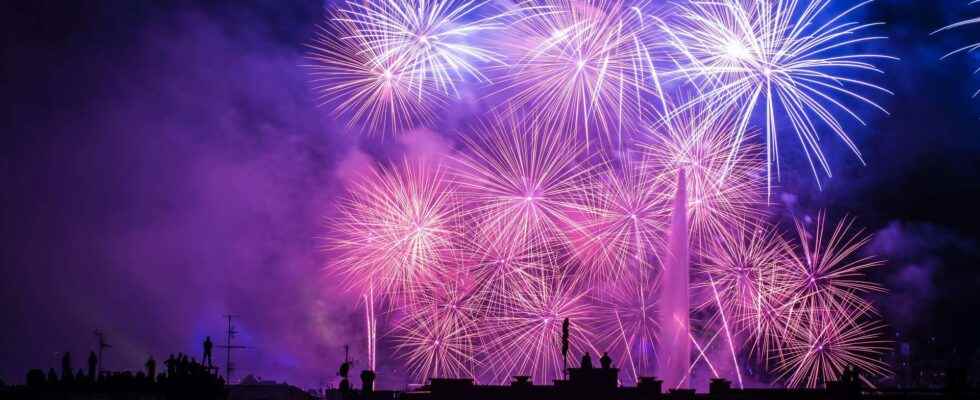Every year, on the occasion of July 14 or the New Year, thousands of fireworks are launched all over France. Unfortunately, these contain a particularly polluting cocktail of chemicals.
You will also be interested
One fire fireworks consists essentially of black powder serving as combustible, composed of coal, sulfur and saltpetre, as well as a oxidizing agent (most commonly perchlorate potassium). There are also fine metallic particles which confer their colors bursting with fireworks. Blue comes, for example, from copper, the red of strontium or lithium, and the bright green or white of the barium.
Fireworks pollute more than automobile traffic
When it explodes, the bomb releases millions of fine particles in the atmosphere which generate significant pollution, much higher than that due to traffic automobile. In 2012, Airparif analyzed the concentration of fine particles in theair following the show in the capital and observed an increase of more than 3,000% in the shooting area. The level then quickly drops back to normal, but nationally, the fine particle concentration remains 42% higher during the 24 hours following a fireworks display, according to a study on the July 4th national holiday. in the United States and published in Science Direct. In the United Kingdom, fireworks are now the largest source of production of certain metallic particles in the atmosphere. These fine particles are the cause of well-documented health problems: respiratory ailments, increased risks in asthmatics and patients with heart people, etc.
The combustion of the black powder it causes a significant release of CO2. A 30-minute fireworks display like the one on July 14 with 3 tonnes of powder thus projects 1.5 tonnes of CO into the atmosphere.2, the equivalent of a trip of 12,500 km in a petrol car.
Pollution of soils and rivers
When it falls to the ground, dust will also pollute the environment. the propellant (a propellant) and dyes unburned contaminate soils and rivers. Copper, for example, is likely to cause high levels of dioxin and skin problems; the phosphorus leads to eutrophication of lakes and barium can have harmful effects on the heart and intestine. Water bodies near seaside resorts and amusement parks, where fireworks are frequent, thus experience recurring water quality problems. Finally, we must take into account the “visible” pollution: the cardboard and paper residues that litter the ground after firing and which are not always picked up.
Green alternatives to fireworks
In recent years, however, fireworks have been trying to reduce the environmental impact of fireworks. Modern fireworks now use compressed air to propel pyrotechnics, and perchlorates can be replaced with nitrogen compounds like tetrazole or bistetrazole. But we could especially replace fireworks by sound shows and light, or even swarm drone flights, for equally breathtaking shows.
Interested in what you just read?
.
fs12
